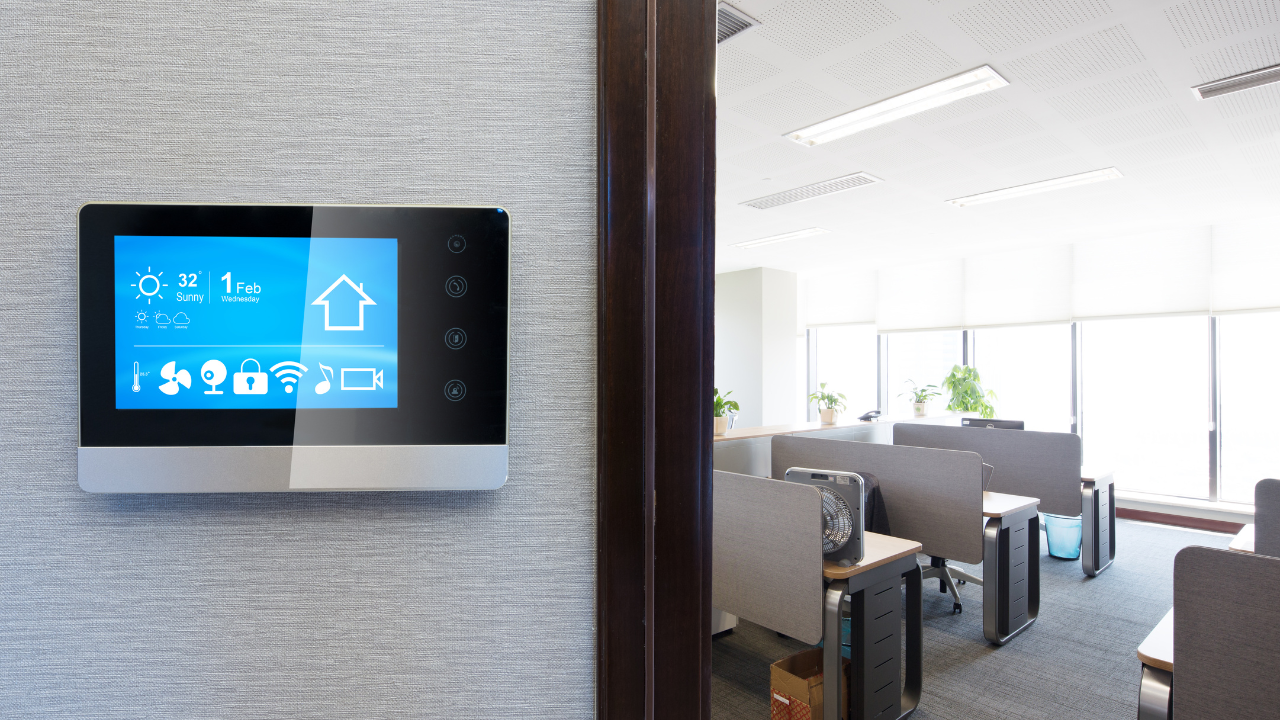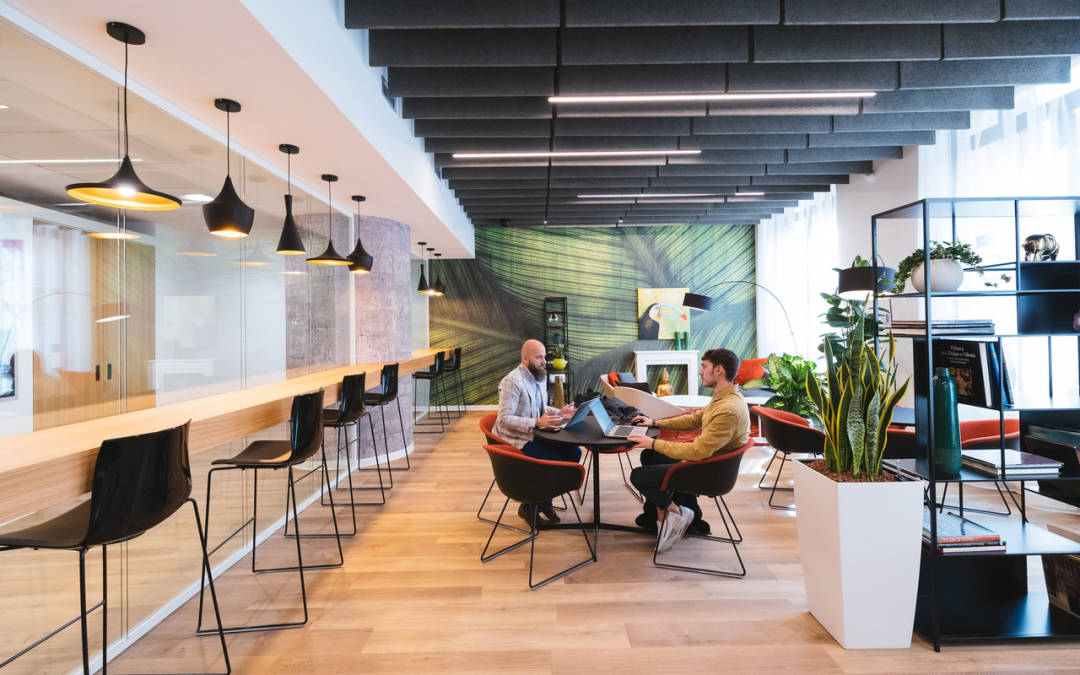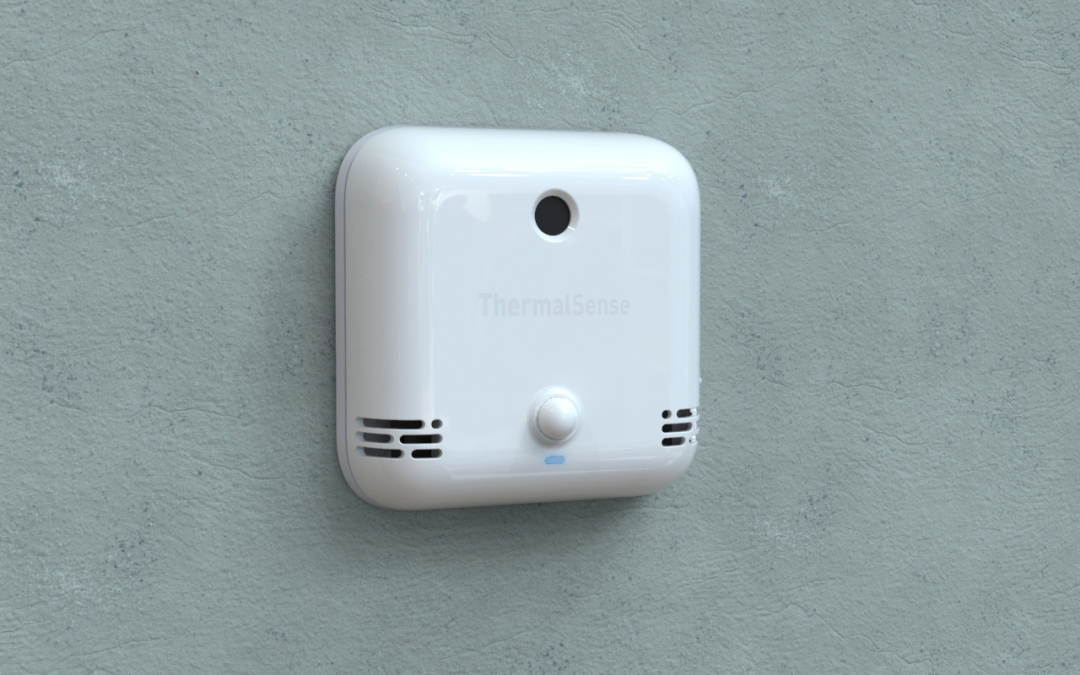The traditional office environment is changing rapidly, and technology is at the forefront of this transformation. Smart offices, equipped with advanced connectivity and collaboration technologies, are redefining the traditional office environment and shaping the future of work.
In this article, we will explore five key ways in which smart offices are transforming the workplace:
Enhanced Connectivity
Smart offices leverage the power of the Internet of Things (IoT) to connect devices and systems, creating a seamless and efficient work environment. For example, smart lighting and temperature control systems can automatically adjust the workspace environment based on occupancy levels and time of day. Smart desks and chairs can adjust their settings based on the preferences of the user, promoting better ergonomics and reducing the risk of musculoskeletal disorders.
To enhance connectivity even further, smart offices can implement desk booking systems that allow employees to reserve a workspace in advance, ensuring that they have a dedicated space to work when they arrive. Additionally, a meeting room booking system can streamline the scheduling and booking of meeting rooms, making it easier for teams to collaborate and share ideas.
Improved Collaboration
Smart offices enable better collaboration among team members, regardless of their location. With video conferencing, chat, and messaging apps, teams can communicate in real time, share files, and work together seamlessly, regardless of whether they are in the same office or on different continents.
Moreover, smart offices can provide a range of collaborative workspaces, such as open-plan areas, private meeting rooms, and breakout areas. By providing these different workspaces, employees can choose the environment that suits their work style and preferences, promoting creativity and innovation.
To further improve collaboration, smart offices can implement workplace sensors that monitor room occupancy and utilization, allowing employees to quickly identify available spaces to collaborate and work together.
Personalized Workspaces
Smart offices can also be customized to meet the needs of individual employees. For example, adjustable desks and chairs can help employees maintain proper posture and reduce the risk of repetitive strain injuries. Smart lighting systems can adjust the color and intensity of light based on individual preferences, promoting a healthier and more productive workspace.
Furthermore, smart offices can provide personalized air quality control, which can help reduce the risk of airborne diseases and promote a healthier work environment. These features help create a comfortable and productive work environment tailored to each employee’s needs.
Advanced Security
Smart offices offer advanced security features to protect confidential information and ensure the safety of employees. Biometric authentication, facial recognition, and access control systems can help prevent unauthorized access to sensitive areas and protect confidential data. These features can also help track employee movement and monitor occupancy levels, promoting a safer and more secure work environment.
Moreover, smart offices can implement a visitor management system to keep track of who enters and exits the building, ensuring that only authorized individuals have access to the workspace.
Data-Driven Decision Making
Finally, smart offices generate a wealth of data that can be used to make better-informed decisions. By analyzing data on employee behavior, workspace utilization, and energy consumption, organizations can optimize their operations, reduce costs, and enhance the employee experience.
For example, by analyzing data on workspace utilization, organizations can identify areas that are underutilized and reconfigure them to better meet the needs of employees. By analyzing data on energy consumption, organizations can identify areas for improvement and reduce their carbon footprint.
In conclusion, smart offices are transforming the workplace in significant ways, creating a more agile, efficient, and employee-focused environment. By implementing technologies such as meeting room booking systems, desk booking systems, visitor management systems, and workplace sensors, organizations can create a workspace that is tailored to the needs of their employees.
With the ongoing COVID-19 pandemic, the importance of smart offices has become even more apparent. As organizations implement remote work policies, smart offices can help bridge the gap between remote and in-office workers, providing seamless connectivity and collaboration features that enable employees to work together effectively, regardless of their location.
In conclusion, smart offices are at the forefront of the digital transformation of the workplace, providing advanced connectivity and collaboration features, personalized workspaces, advanced security, and data-driven decision-making capabilities.
As organizations continue to embrace these technologies, we can expect to see a more agile, productive, and employee-focused workplace that can adapt to the changing needs of the workforce. The future of work is smart, and it’s here to stay.
Still can’t picture how a smart office work? Watch ProSpace in action! Connect with our workplace experts here. See for yourself how our meeting room booking system, desk booking system, and other workplace solutions can help your office work smarter.





